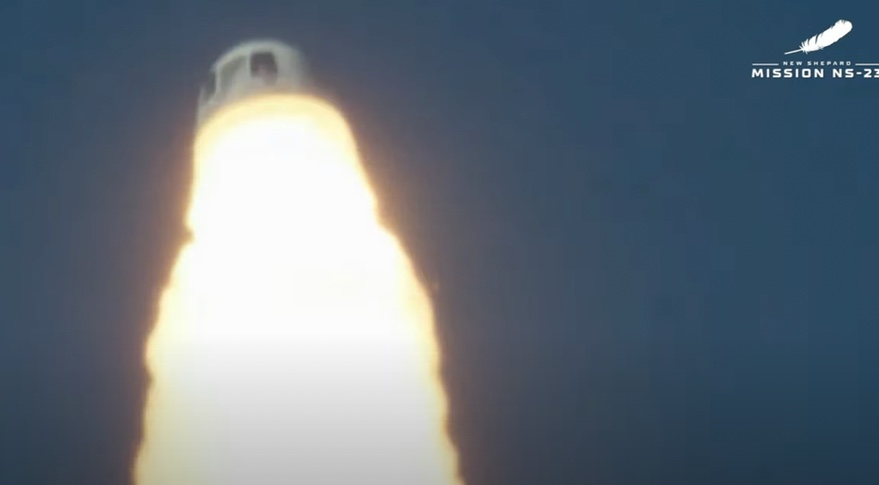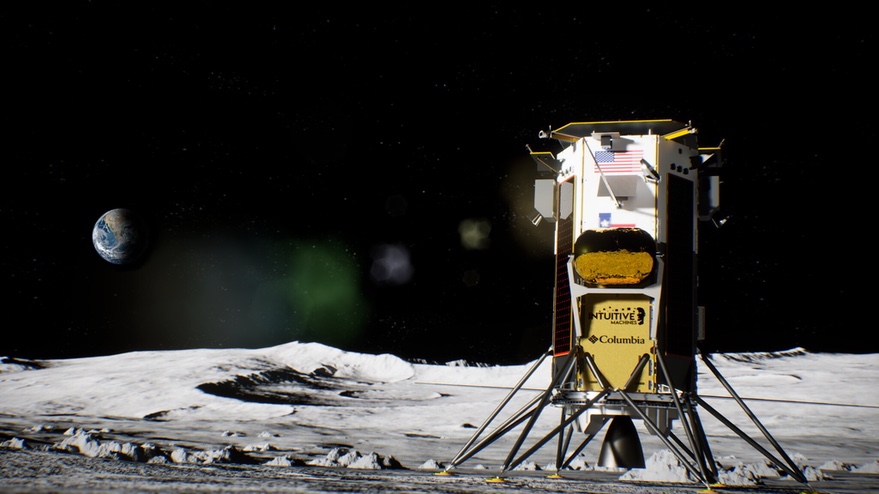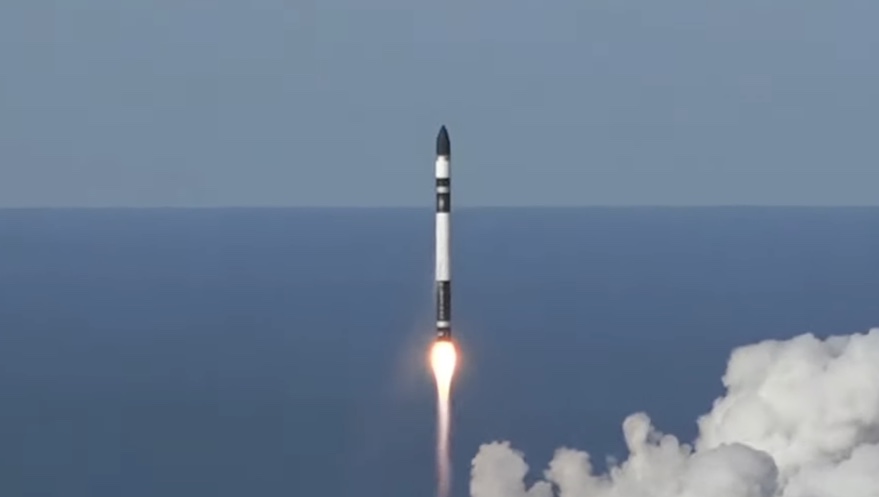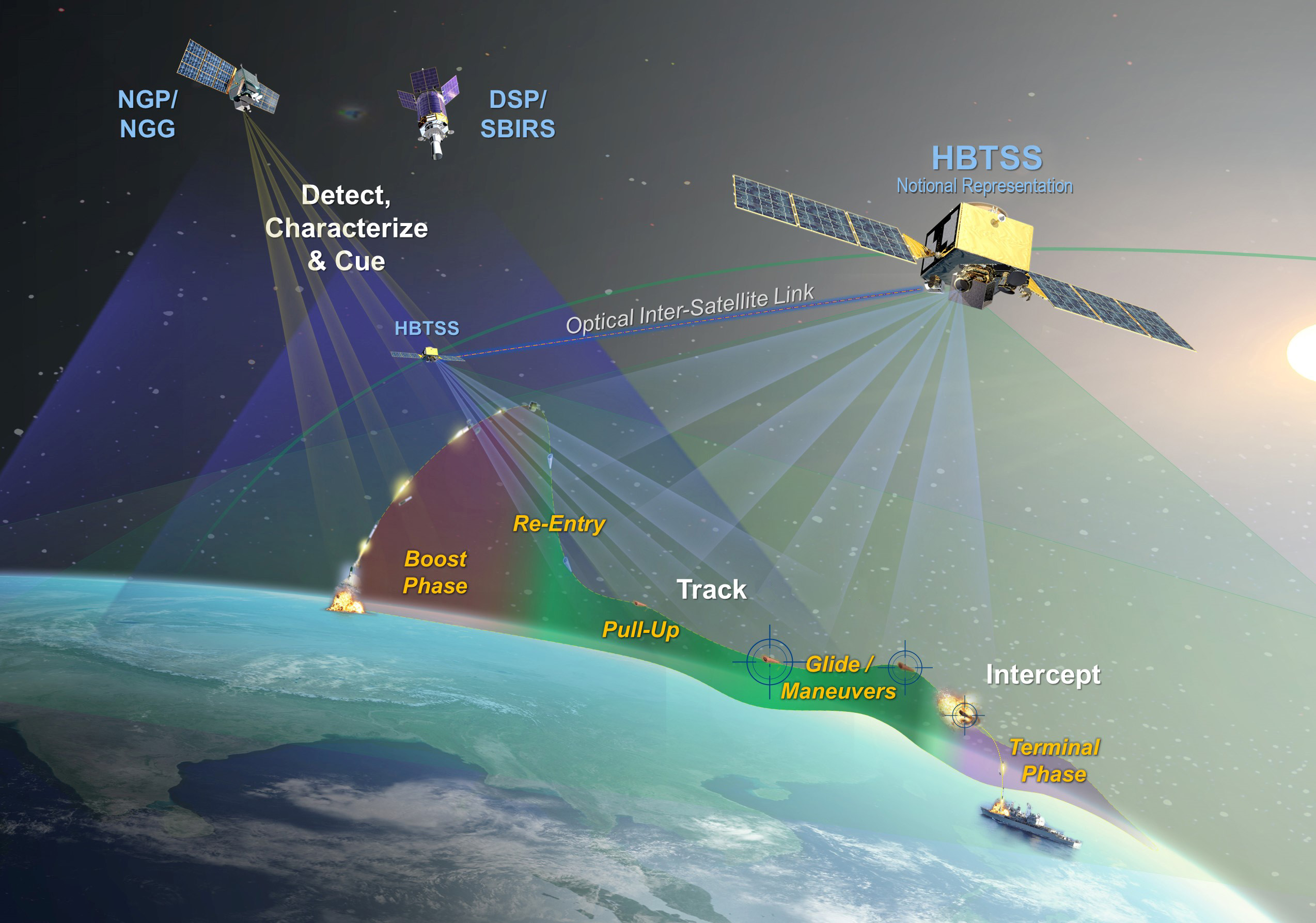Congress asks for more transparency into New Shepard failure investigation
Original Publication Date: 2022-09-16 09:17

Reps. Don Beyer (D-Va.) and Brian Babin (R-Texas) sought more details into the investigation. They wrote that their interest stems from the fact that New Shepard also carries people. The FAA confirmed Sept. 12 that it was leading the investigation into the accident.
Intuitive Machines to go public in SPAC merger
Original Publication Date: 2022-09-16 11:48

Intuitive Machines is developing lunar landers for NASA and other customers. The company is also developing a satellite network to provide communication around the moon. Intuitive Machines will merge with Inflection Point Acquisition Corp., a SPAC trading on the Nasdaq. The merged company would have a pro forma enterprise value of $815 million.
Rocket Lab launches Japanese radar imaging satellite on 30th Electron mission
Original Publication Date: 2022-09-16 06:11

Rocket Lab launches a Japanese radar imaging satellite Sept. 15. Rocket Lab did not attempt to recover the Electron first stage. The company says it will make another midair recovery attempt later this year. Others in the small launch vehicle industry remain more skeptical about the benefits of reusability.
New tri-agency office to coordinate U.S. missile-defense space programs
Original Publication Date: 2022-09-16 22:25

Space Systems Command, the Space Development Agency and the Missile Defense Agency form program office. Office will coordinate procurements of satellites to detect ballistic and hypersonic missiles. Deconflicting missile-defense projects has been a congressional priority. Congress has criticized DoD’s effort for lack of coordination and cooperation.
Viasat’s Inmarsat acquisition clears UK national security review
Original Publication Date: 2022-09-16 14:29

Viasat took a step closer to buying London-based Inmarsat Sept. 16. British government ruled it poses no risk to the U.K.’s national security. Inmarsat and California-headquartered Viasat have made economic commitments to the government.
Satellite radar startups spar over commercial market importance
Original Publication Date: 2022-09-16 13:00

Executives of synthetic aperture radar (SAR) companies discuss diverging growth strategies. Capella Space, Umbra, and Synspective discussed diverging growth strategies during World Satellite Business Week. Capella CEO: SAR providers must concentrate capacity on serving ‘top 10 customers today’
NASASpaceFlight.com
The SSLV or Small Satellite Launch Vehicle conducted its launch debut from Sriharikota, India on Sunday, August 7 at 03:48 UTC. An issue with the fourth stage resulted in the satellites being deployed in an unusable orbit. The SSLV program’s genesis was a December 2015 National Institute of Advanced Studies proposal to create a “Small Satellite Launch Vehicle-1”
Commercial Archives
Crew-5 will be SpaceX’s fifth long-duration crew mission, eighth overall crewed mission, and the first mission with a Russian Cosmonaut. The mission will launch from the historic Launch Complex 39A (LC-39A) on Oct. 3, 2022.
International Archives
Crew-5 will be SpaceX’s fifth long-duration crew mission, eighth overall crewed mission, and the first mission with a Russian Cosmonaut. The mission will launch from the historic Launch Complex 39A (LC-39A) on Oct. 3, 2022.
Chinese Long March 3B Launches APStar-6C Communications Satellite – Spaceflight101

China successfully launches APStar-6C communications satellite for APT Satellite Holdings. Long March 3B rocket lifted off from Xichang Satellite Launch Center at 16:06 UTC on a mission of under half an hour to lift the spacecraft into an elliptical Geostationary Transfer Orbit. Replacing APStar-6, launched in 2005, the satellite will deliver VSAT services, video distribution, Direct-to-Home television and high-throughput cellular backhaul.
Blue Origin’s New Shepard Reaches new Heights in latest Test Flight – Spaceflight101

Blue Origin's reusable New Shepard launch system reached new heights in a test designed to expand the vehicle’s operational envelope by sending it to a peak altitude of 107 Kilometers. Sunday’s flight marked the second for this particular set of hardware, following up on the successful December 2017 mission that debuted “Crew Capsule 2.0” New Shepard 1 and 2 provided Blue Origin with a number of important lessons regarding the operational aspects of their missions.
News – Spaceflight101

Russia's Rockot booster set to blast off from Plesetsk Cosmodrome at 17:57 UTC with the Sentinel-3B multi-function satellite. Sentinel-3B is Europe's next addition to the Copernicus satellite fleet. The Sentinel-3B satellite is expected to launch in 2015.
ISS Updates – Spaceflight101 – International Space Station

A veteran NASA spacewalker and an EVA rookie from Japan ended their week with nearly six hours of work outside the International Space Station. The restoration of the Station’s Mobile Servicing System started last year and continued in January to provide Canadarm2 with a new pair of grappling hands.
Featured – Spaceflight101

SpaceX Falcon 9 takes to the skies over Florida’s Cape Canaveral Monday afternoon. The flight-proven Dragon spacecraft will deliver science gear, supplies and maintenance hardware to the International Space Station. It is the first of at least six cargo ships inbound to the U.S. Segment of ISS this year.
Re-Entry: Long March 11 Rocket Body – Spaceflight101

The CZ-11 fourth stage used leftover propellant for a partial de-orbit maneuver, lowering its perigee to 120 Kilometers to significantly accelerate its orbital decay. It is reportedly built around a YF-50 main engine and in a nominal mission conducts the orbital circularization after the three CZ-11 stages.
NASA’s Perseverance Rover Investigates Geologically Rich Mars Terrain

The rover has collected four samples from an ancient river delta in the Red Planet’s Jezero Crater since July 7. Jezero Crater hosts a delta – an ancient fan-shaped feature that formed about 3.5 billion years ago at the convergence of a Martian river and a lake. The rover is currently investigating the delta’s sedimentary rocks, formed when particles of various sizes settled in the once-watery environment.
NASA to Host Briefing on Perseverance Mars Rover Mission Operations

The briefing will livestream on NASA Television, Twitter, Facebook, and YouTube. Questions can be asked on social media during the briefing using #AskNASA. Perseverance marks the first step in the Mars Sample Return campaign. These samples collected by Perseverance during its exploration of an ancient river delta are thought to be the best opportunity to reveal the early evolution of Mars.
NASA’s AIRS Instrument Records Typhoon Hinnamnor Before Landfall

Airlift, launched in 2002, was the first instrument to reveal the 3D distribution of rain within tropical storms like Hinnamnor. One of six instruments aboard Aqua, AIRS provides data that is improving weather forecasts and advancing our understanding of Earth’s climate.
A Cosmic Tarantula, Caught by NASA’s Webb

The Tarantula Nebula has a similar type of chemical composition as the gigantic star-forming regions observed at the universe’s “cosmic noon,” when the cosmos was only a few billion years old. Star-forming regions in our Milky Way galaxy are not producing stars at the same furious rate as the Tarantula Nebula. This makes the Tarantula the closest example of what was happening in the universe as it reached its brilliant high noon.
NASA’s Webb Takes Its First-Ever Direct Image of Distant World

Astronomers have used NASA’s James Webb Space Telescope (JWST) to take a direct image of a planet outside our solar system. The exoplanet is a gas giant, meaning it has no rocky surface and is not habitable. The finding is detailed in NASA’s latest JWST blog entry.
Explore the Solar System With NASA’s New-and-Improved 3D ‘Eyes’

Learn the basics about dwarf planets or the finer points of gas giants. Ride alongside no fewer than 126 space missions past and present. Scroll through rich interactive journeys, including Voyager’s Grand Tour of Jupiter, Saturn, Uranus and Neptune. You can rotate objects, compare them side by side, and even modulate the perspective as well as the lighting.
Engineers Solve Data Glitch on NASA’s Voyager 1
Engineers have repaired an issue affecting data from NASA’s Voyager 1 spacecraft. The probe’s attitude articulation and control system (AACS) began sending garbled information about its health and activities to mission controllers. The team has since located the source of the garbled information: The AACS had started sending the data through an onboard computer known to have stopped working years ago.

